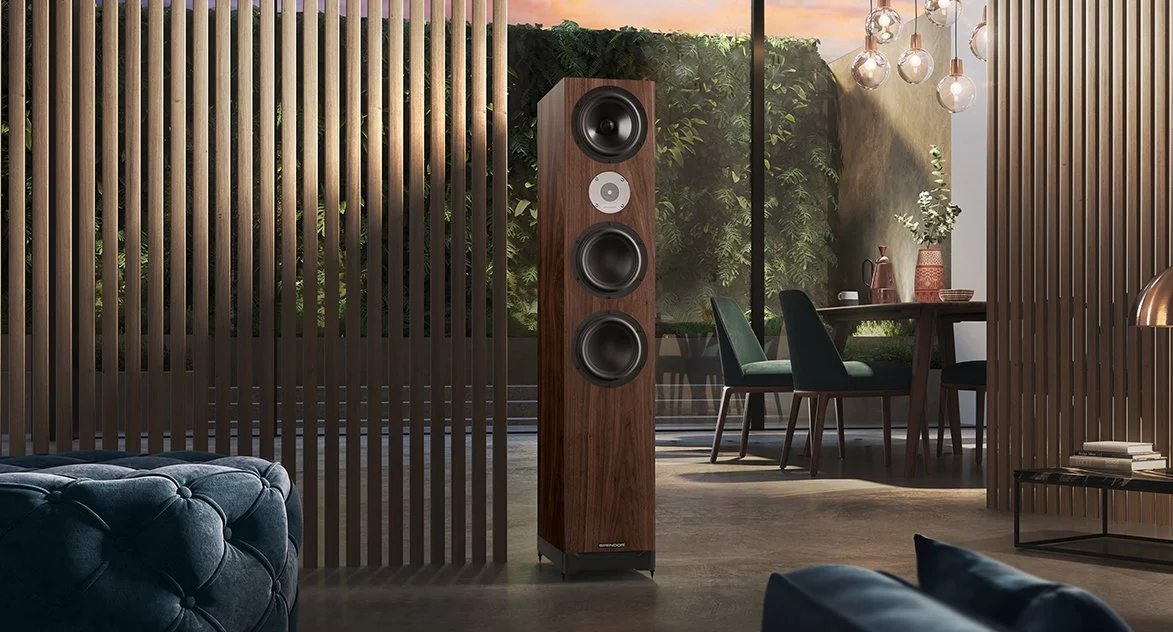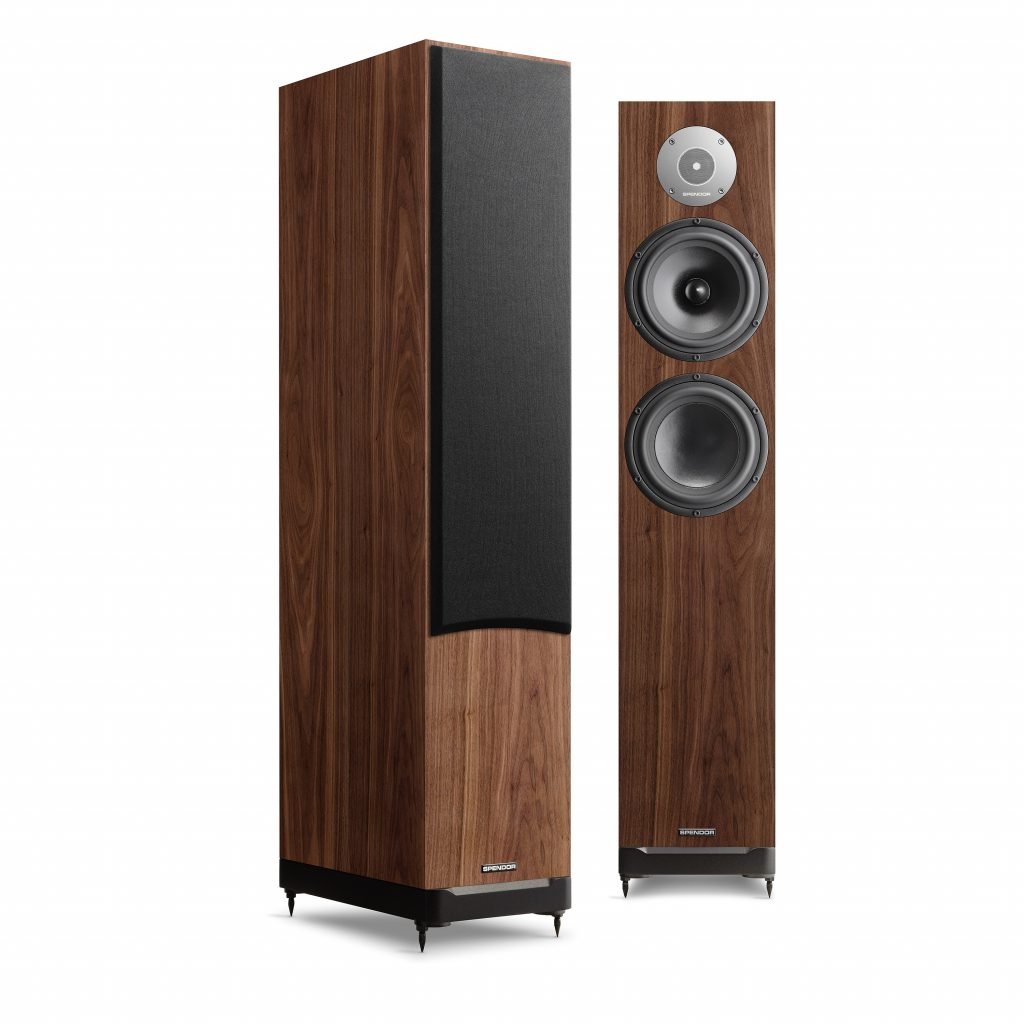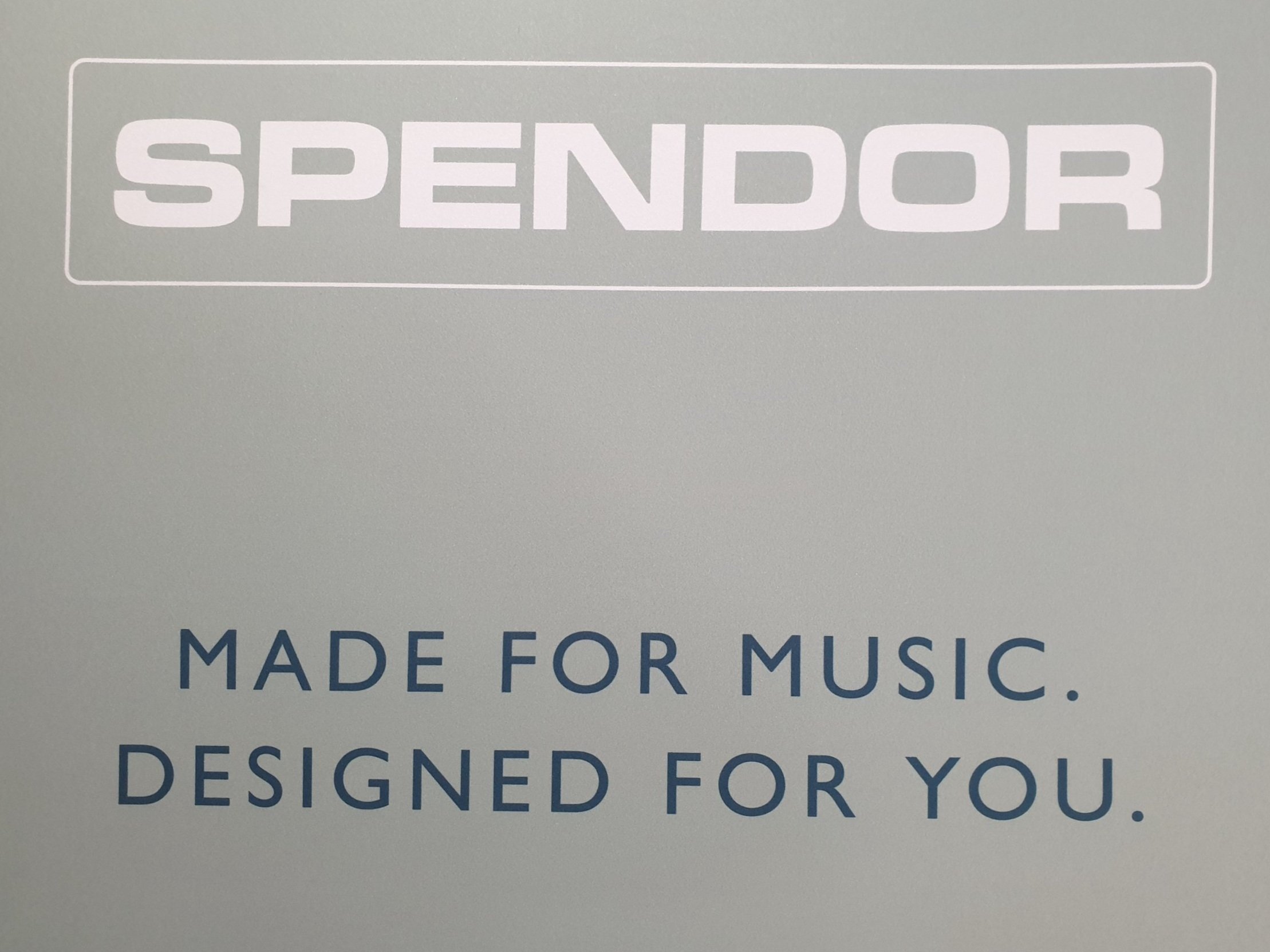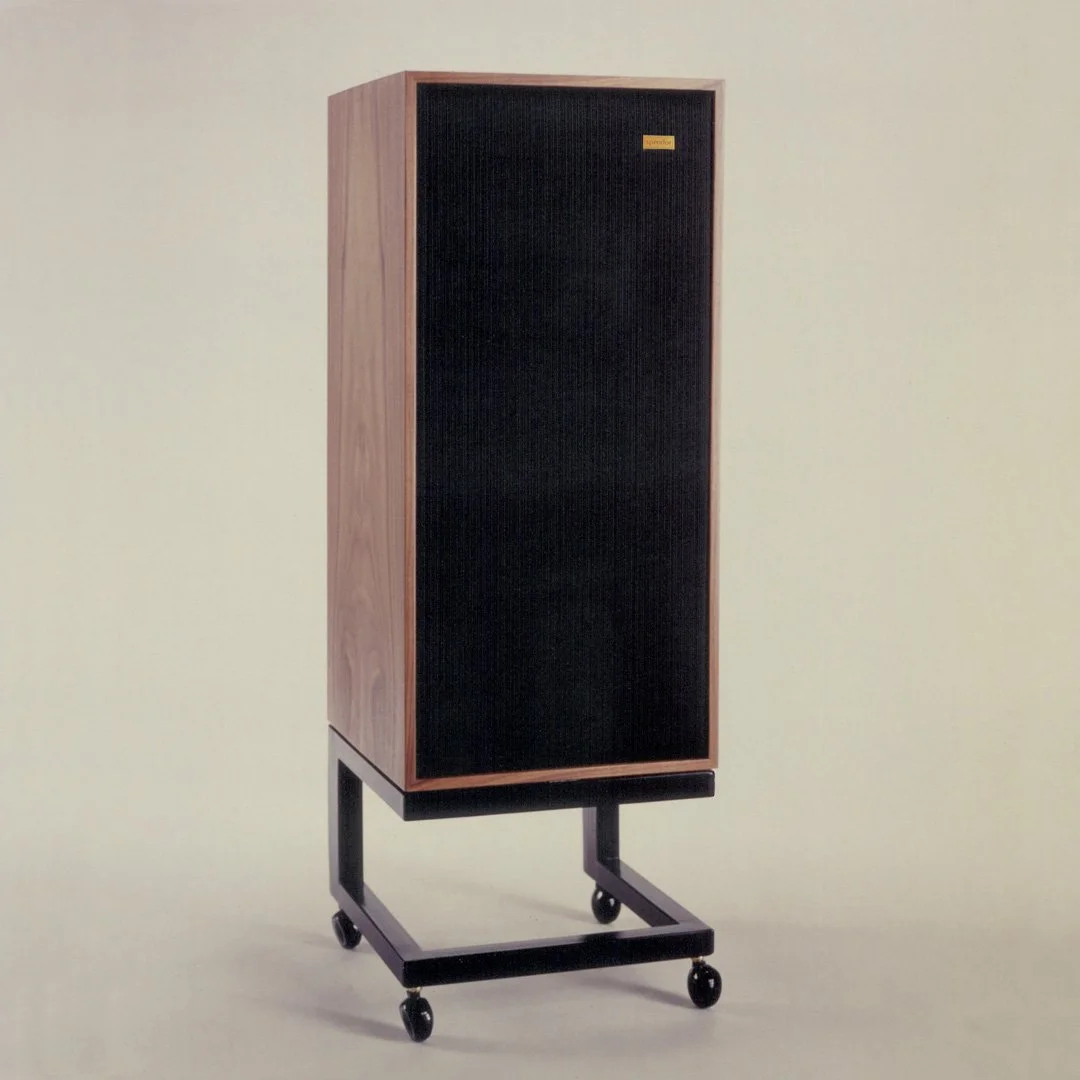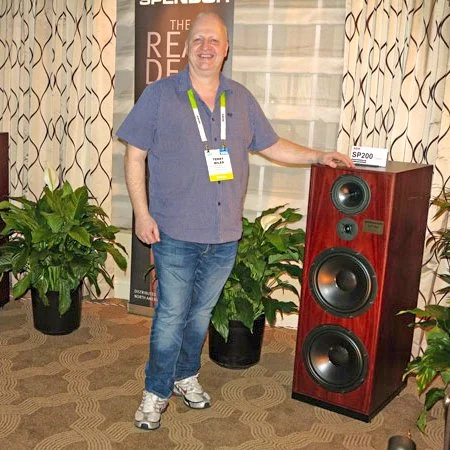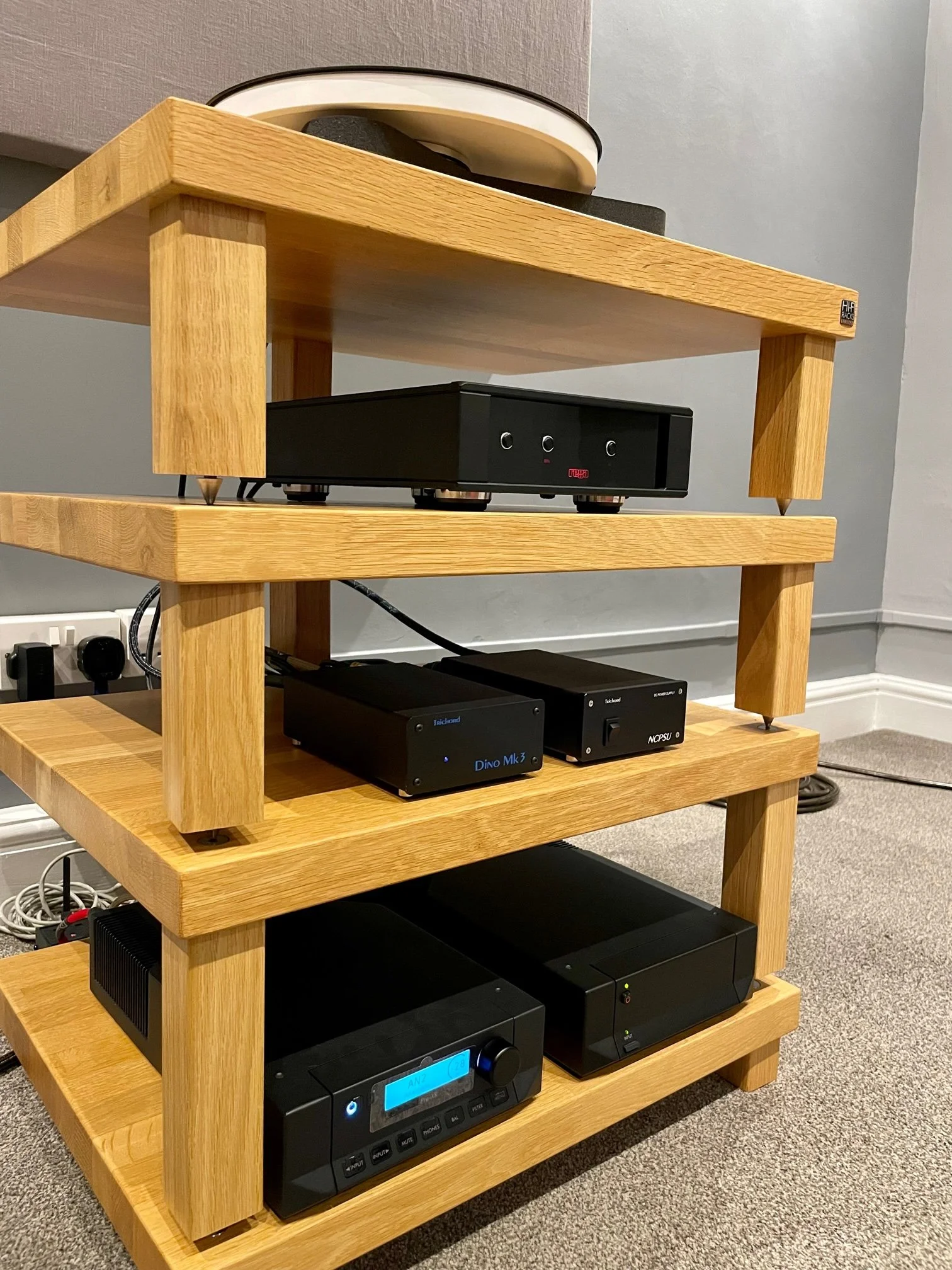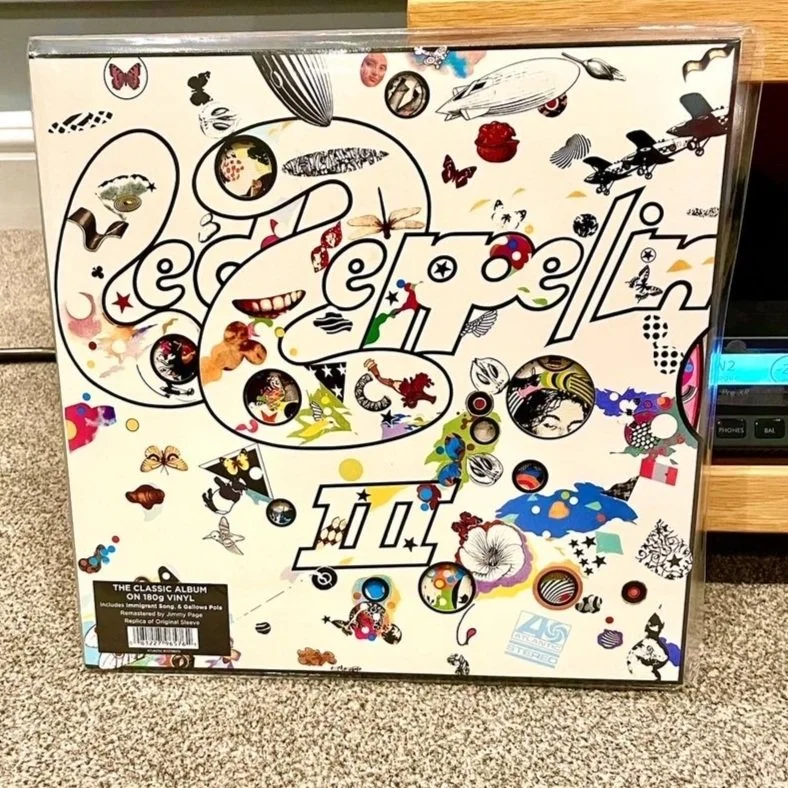Spendor Speaking From The Heart - A story of a traditional loudspeaker company and overview of the Spendor D7.2
/Working for Audio T gives me the chance to listen to a fantastic range of new and classic gear which I feel extremely lucky to be able to do (not to mention that I get to call it my job!). In this instance I thought I’d write this article on a brand that is right up there for performance, Spendor. As we often find in Hi-Fi retail, each of us have our favourite models and personally one of my favourite loudspeakers are the Spendor D7.2.
I feel these loudspeakers need no introduction they speak for themselves but this isn’t just a blog about the D7.2. I thought I would delve deeper into this British loudspeaker manufacturer, as well as giving you a run down of the wonderful D7.2 and an insight in to why I like them so much personally, and how they’ve become our go-to loudspeaker when auditioning new gear for our demonstrations.
A brief history of Spendor
Casting our minds back to 1969 an important year for many things, the Isle of Wight Festival, Led Zeppelin’s first album, Hendrix at Woodstock, the first test flight of Concorde and of course the Moon Landing. Amongst all of these groundbreaking goings-on, another thing happened the birth of the first Spendor loudspeaker, the legendary BC1 and the unmistakable LS1B.
Spendor BC1
Spendor was started in the late 60s by Spencer and Dorothy Hughes, hence the wonderfully clever anagram we know as Spendor. Spencer and co designer Dudley Harwood were working in the BBC’s sound engineering department and decided to put their knowledge and expertise gained over the years into the development of the game changing BC1 loudspeaker. This became the studio monitor of choice for broadcasters and sound studios worldwide. In the early days of design and production they used bextrene which, believe it or not, was used to make egg cartons. When covered in adhesive it became a suitable material for making loudspeaker diaphragms. The three way design used an 8” bextrene bass/mid driver, a Celestion tweeter and a Coles super tweeter. The drivers were mounted in a thin walled reflex enclosure and with a few tweaks to the crossover the legendary BC1 was born. The BC1 quickly rivalled other brands at the time such as Rogers with their LS3/5 A. With Spendor’s impressive stereo imaging and detail as well as sounding smooth with low distortion it wasn’t long before the Hi-Fi industry started to take notice when dealers started to sell them in the early 70s. These speakers were in production right up until 1994 and still influence Spendor’s design and sound today.
Moving forward to the current lines
Terry Miles with the spendor classic
Terry Miles was the designer behind the most recent speaker designs for Spendor, keeping the classic look and sound Spencer and Dudley designed all those years ago. Terry put his expertise to ranges such as the A and D series floor standing speakers introducing the A5 & A6R, then moving on to the introduction of the D series from the D1 stand mount all the way up to the D9 floor standing monsters. He also made a number of changes to the Classic Range from 4/5 right up to the 200Ti.
Another big change in Spendor’s rich history was ownership. Philip Swift made the big decision to buy this amazing speaker company back in the year 2000. He always had great passion for Spendor and saw his chance to own this true British heritage speaker brand. Those who know of Philip Swift, know he co-founded Audiolab back in 1983 and is responsible for co designing the first Audiolab 8000A integrated amplifier which is still around today in the form of the 8300. Philip has very much a hands on approach to the current Spendor speaker design. Interesting fact, Philip worked part time for Audio T whilst in university, the shop was located on the top floor of Dryden Chambers, off London's Oxford Street all of those years ago.
Spendor D7.2
Spendor LPZ Tweeter
So we start with Spendor’s LPZ or Linear pressure zone tweeter. Starting from its stainless steel front plate forming a damped acoustic chamber directly in from a light weight polyamide diaphragm. The front plate incorporates a shade correcting micro foil to equalise sound wave path lengths across the diaphragm. Next we have Spendor’s specially designed 18cm drive units. The bass/mid drive unit has an advanced EP77 polymer cone giving this speaker unsurpassed clarity. The low frequency drive unit has an ultra rigid, two part bonded kevlar cone giving powerful low accurate bass response. Both drivers feature magnesium alloy chassis. These drive units are aided by their high efficiency motor systems.
Using the fifth generation linear flow port technology these speakers benefit from their aerodynamically profiled central baffle to create a tapered twin Venturi port. This tapered twin port helps air velocity in the cabinet, meaning the bass is more controlled and these speakers can even be used in smaller rooms. don’t let the size fool you. Lastly Spendor’s dynamic cabinet damping delivers excellent timing. The damping is a big part of speaker design and the rigid high density cabinet panels in the D series are mass damped to reduce cross talk. This allows the energy in the cabinets is slowly be released the way Spendor intends preventing a blurred image. This damping design is achieved by using asymmetric aperture bracing, think of how an acoustic guitar is braced and how each guitar sounds different depending on its bracing, the same thought process goes for speaker cabinet design.
The set up
Electronics used in audition on HiFiRACKS LTD Podium Trio equipment rack
Turntable: Rega Planar 10 fitted with a Rega Apheta 3 moving coil cartridge.
Phono preamp: Trichord Dino with never connected power supply
Amplification: Cyrus pre XR preamp and Cyrus stereo 200 power amp
Speakers: Spendor D7.2s
HiFi rack used: HI-FI RACKS LTD Podium Trio OAK
Cables used: Chord Epic RCA cables going from the phono stage to the pre amp. Chord Shawline XLR cables connecting pre to power and Chord Epic speaker cables with ohmic banana plugs
Test tracks and albums used.
Led Zeppelin III LP
Led Zeppelin - lll (1970). - Track used: “Friends”
Pearl Jam - Riot Act (2002) - Track used: “You Are”
Metallica - Black Album (1991) - Track used: “Sad but true”
When listening to Led Zeppelin “Friends”, the D7.2 allowed me to hear so much detail in the track. The congas at the start of the track give a more dynamic feel to the ear and I could hear John Paul Jones’s Moog synthesizer kick in giving me a truly immersive stereo image.
Pearl Jam “You are”, is a bit of a tricky one to present using some of the rival speakers to the D7.2. This tends to be down to Jeff Ament’s bass becoming a wash and overpowering on some systems, but the D7.2 held up perfectly. It had good definition all the way through, I could even hear the octave strings on Jeff’s bass towards the end of the track.
Last up is the mighty Metallica, with “Sad but true”. I remember queuing up outside Our Price records in Cardiff for this album on release day in 1991! When listening to this track James Hetfield’s opening guitar riff sounded big and tone full but without sounding harsh, again on some speakers this track can do just that but not on the D7.2!
In summary
When I first started working for Audio T last year, I had listened to a few different brands and types of speakers, until one day my colleagues introduced me to the Spendor D7.2. They changed everything to my ears and as the saying goes if it sounds right, it usually is. To me the dynamic range is near perfect, good control with vocals, lead guitars and smooths the instruments that can normally sound harsh, such as the mandolin, but keeping the realism. The mid range frequencies are well controlled with excellent definition. Bass is tight and not overpowering, especially with that Pearl Jam track previously mentioned. The Spendor D7.2 are not difficult to drive and not too fussy on placement either, which is why they will work well in most rooms with little adjustment.
“Beautifully-made, relatively compact yet having a sound that boasts extended treble and a smooth mid-band allied to some real punch in the bass department. There’s a room filling sound on offer and they are not too fussy about positioning. As floorstanders go in this price range there’s little to touch them. Listen in and enjoy.”
It’s not very often you come across a pair of speaker that sounds right from the get go. I would put the Spendor D7.2 in the “forever speaker class” and one day hopefully I will own a pair. With all that being said, we know that everyone’s tastes can be very different and there’s no right or wrong answer. So, why not pop in and have a listen for yourself and tell us what you think.
Thanks for reading
Matt, Nick & Kerrin - Audio T Cardiff
If you would like to know more about Spendor you can check out the latest article in our summer edition of Music at Home+.
If you have any questions about any of the equipment featured in this article, or any other Hi-Fi or home cinema enquiries, be sure to Contact Us.
If you’ve enjoyed this, why not go ahead and read some more of our other blogs, and be sure to follow us on our social media channels below…
Spendor can be found at the following Audio T stores


